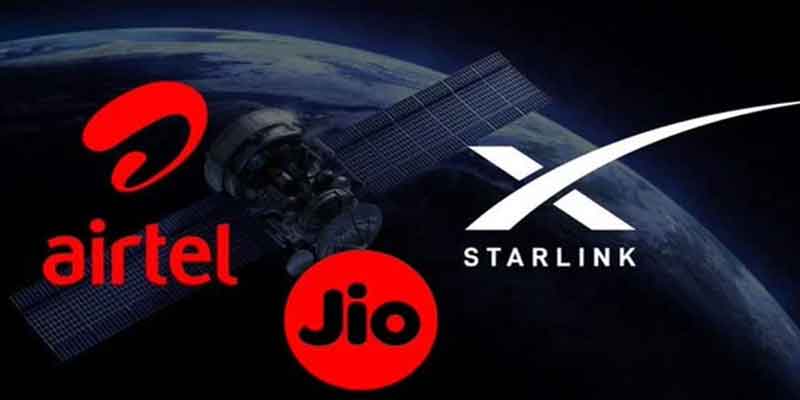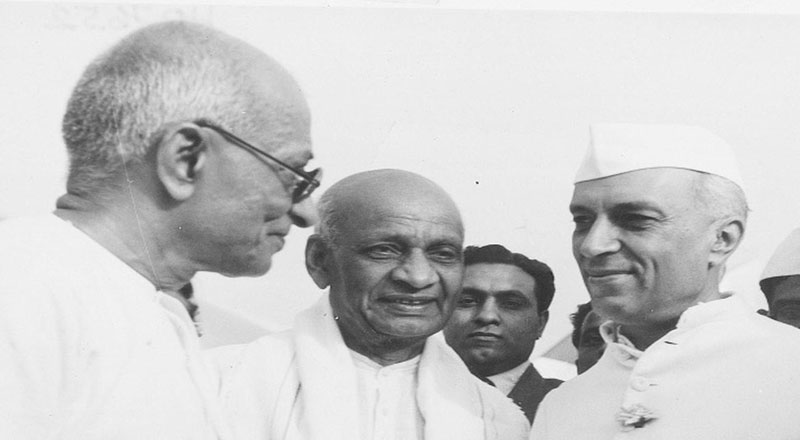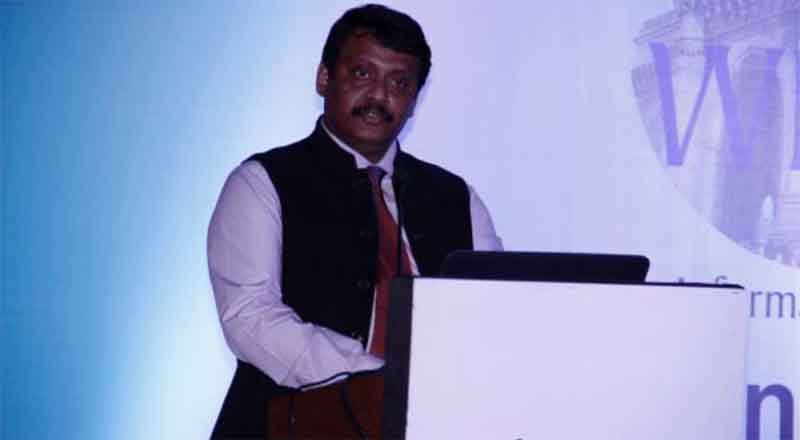Starlink Secures Government Nod, Eyes 10 million Users in India
India is on the verge of a digital transformation as Elon Musk’s satellite internet venture, Starlink, prepares to enter the Indian market. With a Letter of Intent (LoI) granted by the Department of Telecommunications, Starlink is now a step closer to full-scale operations. The company still needs final approval from In-SPACe (Indian National Space Promotion and Authorisation Centre), but its trajectory is set.
The potential impact? Massive. Starlink is not just another internet provider—it could redefine digital access in a country where rural and remote areas are still grappling with unreliable or non-existent connectivity.
Starlink vs Jio and Airtel – A New Kind of Competition
In a surprising twist, Starlink has reportedly initiated local partnerships with Reliance Jio and Bharti Airtel—the very giants it’s expected to challenge. These collaborations could be strategic, ensuring regulatory ease and infrastructure support, while also opening the door to future co-branded services.
Yet, make no mistake: Starlink’s low-orbit satellite model bypasses traditional fiber and tower infrastructure, making it a threat to the dominance of terrestrial players. Unlike Jio and Airtel, which rely heavily on mobile towers and fiber optics, Starlink beams high-speed internet directly from satellites to its users—even in the most inaccessible terrains.
This could be a game-changer for over 600,000 Indian villages where broadband penetration remains a challenge.
Rs 850 Plans Could Disrupt Pricing Across the Board
Starlink’s proposed pricing strategy is as disruptive as its technology. Plans are expected to start around Rs 850 per month (approx. $10)—making it one of the most cost-effective satellite internet services in the world. The company is reportedly targeting 10 million Indian users, banking on the appeal of high-speed, low-cost, and low-latency internet in underserved areas.
For urban users, especially those frustrated by service outages or speed bottlenecks, Starlink could become an attractive alternative. For rural users, it might be their first real taste of broadband internet.
How Starlink Works and Why It Matters
Starlink leverages a constellation of low Earth orbit (LEO) satellites to deliver internet directly to user terminals, bypassing traditional infrastructure. Each satellite is capable of communicating with its neighbors in orbit and with Earth-based stations, drastically reducing latency compared to geostationary satellites.
This architecture enables seamless internet access in deserts, mountains, forests, and even oceans—places where fiber can’t go and towers won’t stand. For India, where nearly half the population still lacks stable internet access, this technology is not just innovative—it’s essential.
What It Means for India’s Digital Future
The arrival of Starlink in India comes at a critical time. As the government pushes forward with Digital India and BharatNet initiatives, a satellite-based solution like Starlink could accelerate the mission of last-mile connectivity. Schools, primary health centers, rural banks, and local governance bodies in remote areas could finally get online reliably.
Moreover, its presence could force traditional ISPs and telecom companies to improve their service quality, expand rural networks, and lower prices—bringing more value to consumers.
The Sky Is Just the Beginning
Starlink’s imminent launch in India signals more than just a new internet provider—it marks the start of a connectivity revolution. By offering fast, reliable, and affordable satellite internet, Musk’s venture is set to fill critical gaps left by terrestrial networks, democratize access to information, and bring millions of Indians into the digital fold.
For Jio and Airtel, the challenge is clear: evolve or risk losing ground. For consumers, especially in underserved areas, Starlink could be the bridge between digital isolation and digital empowerment.
(With agency inputs)





















